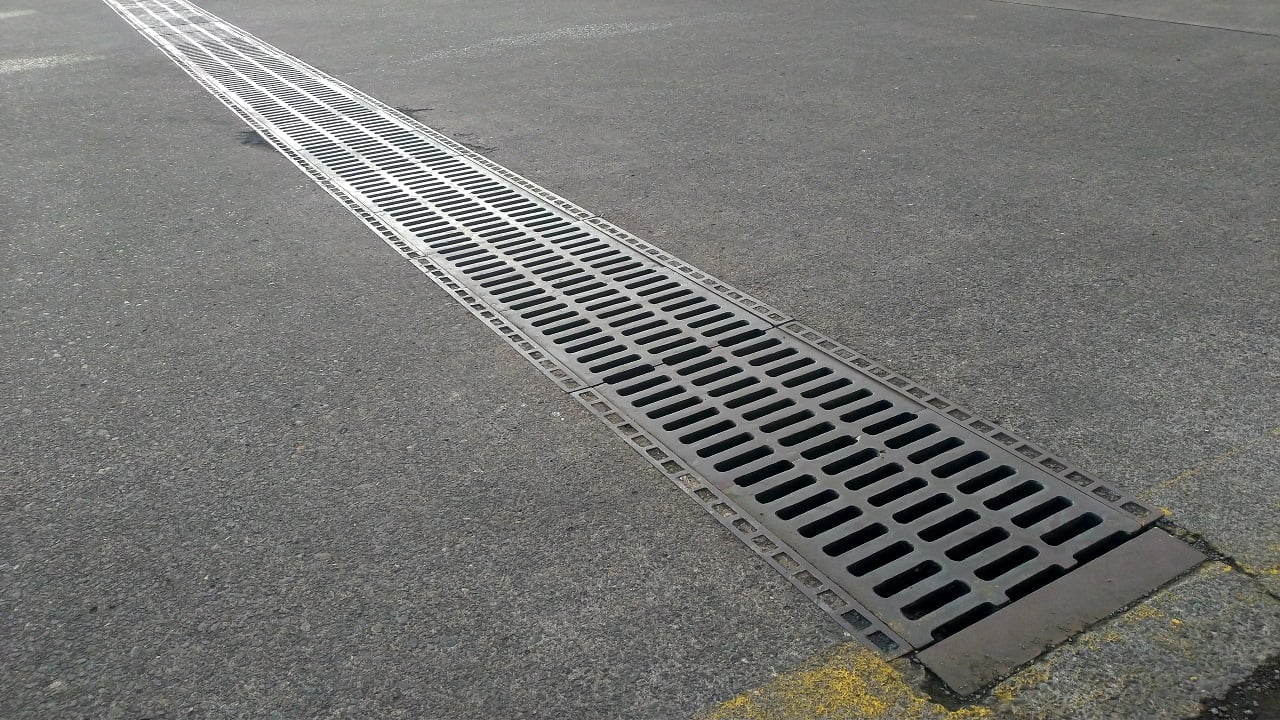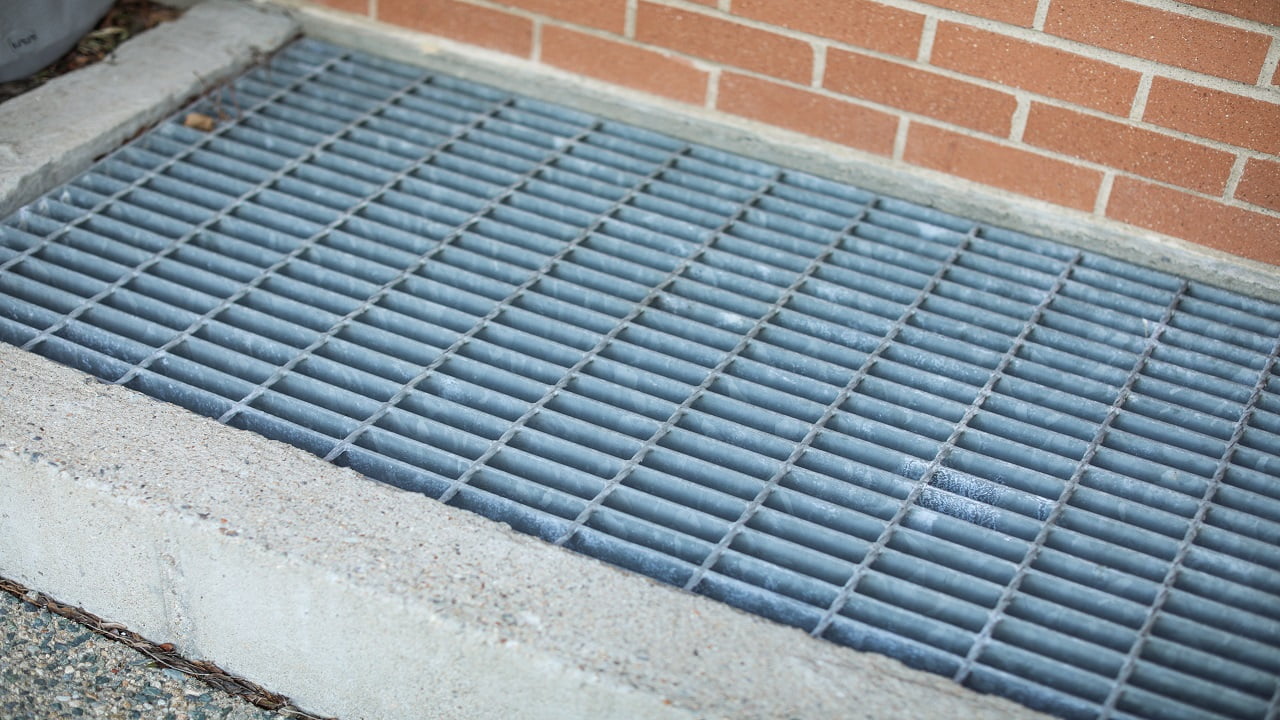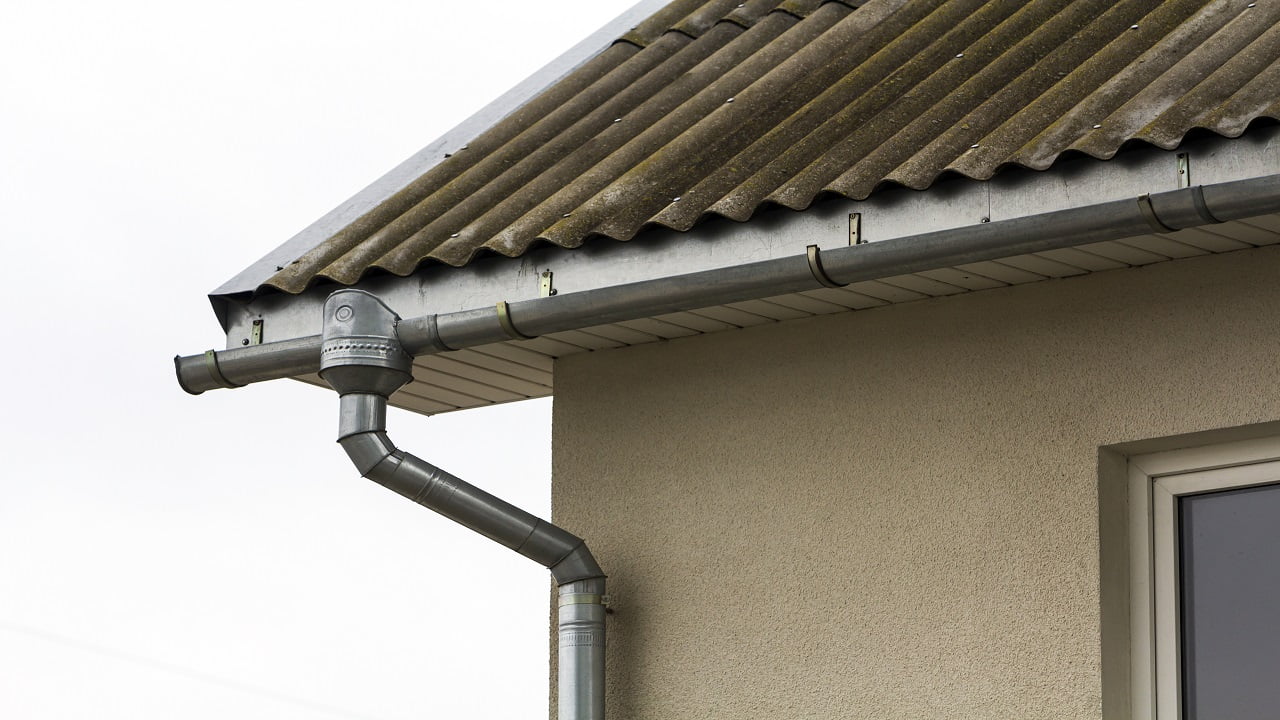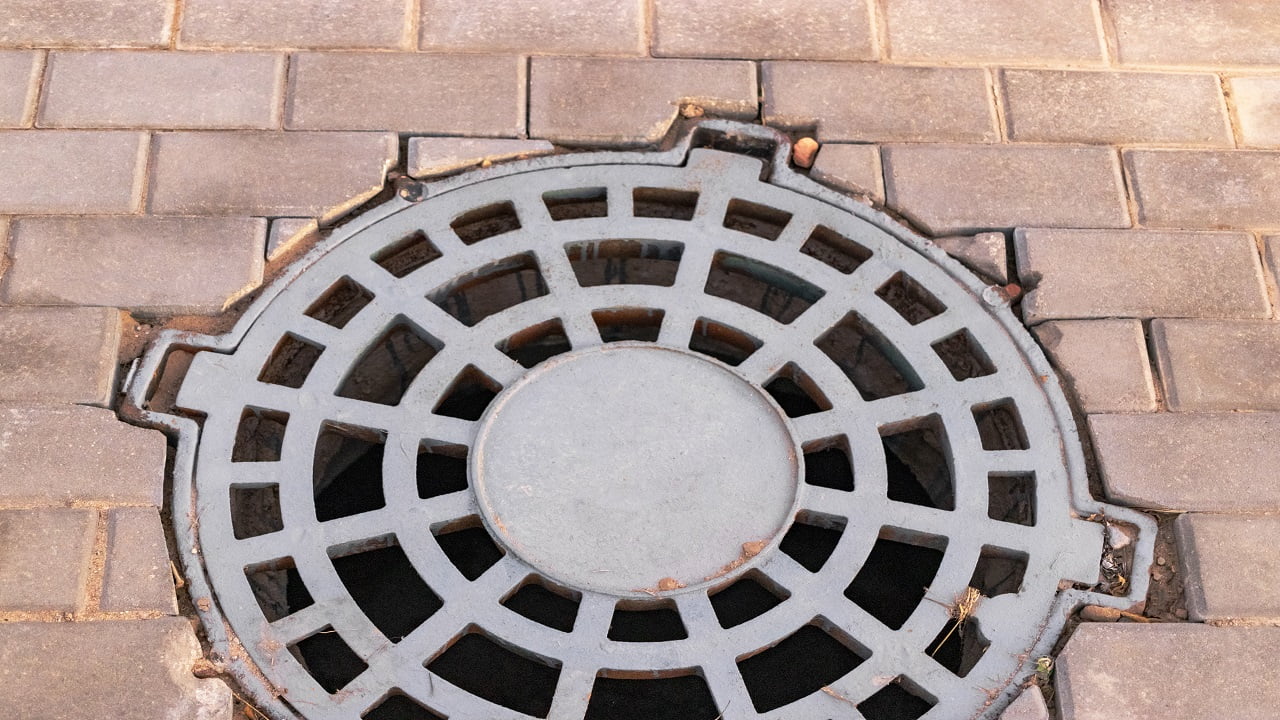What Is Stormwater Runoff And How To Reduce It
Stormwater runoff is water from rain and melting snow that doesn’t drain into the ground. This water flows off rooftops, parking lots, streets, construction sites, etc., mixing with natural sources and polluting them. After a heavy downpour, most people don’t realize the impact large-scale runoff has on the environment. Moreover, they don’t know this water […]

Stormwater runoff is water from rain and melting snow that doesn’t drain into the ground. This water flows off rooftops, parking lots, streets, construction sites, etc., mixing with natural sources and polluting them.
After a heavy downpour, most people don’t realize the impact large-scale runoff has on the environment. Moreover, they don’t know this water could be utilized for several purposes and that proper management can protect aquatic habitats.
Today’s guide looks at the impact of stormwater runoff and how to reduce it, using various techniques like cleaning the swimming pool and having a green lawn. I also highlight how even small actions can protect the environment.
What Is The Issue With Stormwater Runoff Management?

You would think that with more people across the US choosing to manage stormwater runoff, things are likely to get better for the environment. But that has hardly been the case since stormwater pollution due to runoffs has affected lakes, streams, and other water bodies.
The problem is more severe in places where land uses change owing to differences in activities in urban and rural areas. In fact, in Washington, stormwater runoff contributes to 30% of the total water pollution in the region.
Moreover, the Washington Department of Ecology estimates stormwater runoff has polluted 1/3rd of all water bodies in the state. Stormwater runoff pollution has grown to such proportions that governments have closed several thousand acres of productive shellfish-growing beaches.
The increasing pollution levels have also affected drinking water supplies, while beaches have been closed for swimming.
What Are The Major Concerns Of Polluted Runoff?
To understand why it’s essential to reduce stormwater runoff, I have identified 3 major problems:
1. Contamination
Stormwater runoff is full of pollutants and contaminates water bodies like lakes and rivers, closing local businesses and killing marine life. This is because when stormwater passes over developed land, it gathers pollutants before entering the nearest storm drains.
2. Flooding
When the storm drains are overloaded or don’t drain effectively, excess stormwater runoff can lead to flooding. Flooding damages streams, wetlands, wildlife habitats, and natural resources since it can’t soak into the ground.
Hence, it causes flooding downstream, especially during the monsoon, and might even damage homes. I have also seen the flood septic system overflowing and draining into fields, natural waterways, or construction sites.
3. Water Shortage
Areas with impervious surfaces where water can’t pass through, like parking lots, rooftops, and roads, often result in water shortages for the local community. Impervious surfaces prevent rainfall from passing into the ground, stopping it from replenishing groundwater supplies essential for clean drinking water or aquatic life to survive.
How Can You Reduce Stormwater Runoff
Contrary to what many people think, it’s seldom possible to solve stormwater pollution by using a treatment plant or getting a pollution permit. This is because small parts of watershed management result in greater stormwater runoff and requires a collective effort to solve.
You must also think about the world at large and not just whether stormwater runoff affects you. I have narrowed down 10 simple techniques to manage stormwater runoff and large-scale pollution.
1. Vehicle Maintenance
It’s a good idea to maintain your vehicles, like a car or truck, in proper condition. By maintenance, I mean not dumping automotive fluids or wastes down the storm drain. Instead, you must use antifreeze, recycle oil, and opt for other automotive fluids to fix a leak in the car.
2. Commercial Car Wash
Many people wash their vehicles in the open street rather than go to a commercial car wash to save money. But if you want to avoid stormwater runoff, hiring a professional service will prevent car waste from clogging the septic systems.
3. Try Walking
Doing your bit for the environment to reduce runoff and prevent soil erosion is difficult and involves making lifestyle changes. I have often left my car at home and decided to walk or opt for public transport to reach work on time.
But if you must drive, try running several errands to avoid taking the car out multiple times. You should also use a low-emission vehicle and get the emissions checked.
4. Chemical Products
When you apply pesticides, fertilizers, or other chemicals, follow the instructions and use them selectively in small amounts. To be honest, it would be best if you could avoid using them altogether.
Instead, you can switch to organic fertilizers, but even then, you must not apply the chemicals before an impending rain storm to prevent stormwater pollution. If doing this results in the lawn turning golden brown in summer, there’s no need to worry.
The lawn will turn lush green in autumn, especially if you mulch grass clippings or use compost. Most importantly, you must preserve and protect trees in the neighborhood to reduce runoff, improve soil and water quality, and hold rainfall.
5. Septic System
People with a septic system should know how to maintain them by pumping it frequently and conducting regular inspections. Without regular maintenance, septic systems are likely to fail and cost a lot of money to repair, apart from polluting local waterways.
You should hire a professional inspector to check the system and pump it out for a smooth operation.
6. Remove The Lawn
At times, you must replace the lawn or parts of it for proper mowing, watering, and caring. You can replace certain sections of the lawn comprising native plants and grow drought-resistant plants in their place.
I also mix compost with the planting soil and add a healthy layer of mulch to enhance plant growth. This helps manage stormwater runoff and prevent pollution of nearby lakes or local streams.
7. Pet Waste
You must clean pet waste along with yard waste while keeping your furry buddies out of local waterways. Just as natural streams and lakes are no place to bathe your pets, learn to dispose of animal waste properly.
You can build structures like fences to prevent the animals from wandering into the water bodies. I also recommend having designated areas for composting and preventing runoff pollution.
8. Increase Green Cover
To prevent runoff water and toxic chemicals from making their way into nearby water bodies, you must increase vegetation cover of the property and reduce impervious, paved surfaces. Roofs, driveways, lawns, and patios are the most susceptible, so you can direct runoff toward the vegetated areas rather than storm sewers.
Using brick and cement to absorb water, you can also reconstruct these surfaces into permeable pavers.
9. Storm Water Program
Many localities have a stormwater or surface water program that you can be a part of. These programs help maintain the community’s stormwater system, save natural resources, and reduce flooding.
Although they cost money initially, you will save much more in the long run by lowering the chances of property damage. You can also use this opportunity to educate the community and your family about watershed management practices.
You can even volunteer for stream restoration and other similar projects to spread awareness about nutrient pollution or nonpoint source pollution.
10. Smart Growth
Try to reside in a neighborhood that provides ample convenience and makes it easy to maintain lawns, homes, walking paths, or nearby shops. These smart growth choices ensure you can access public transport or enjoy open, green spaces easily.

Other Techniques To Slow Runoff
Apart from the points mentioned above, here are some other ways to reduce the impact on storm drains and do your bit for environmental protection.
1. Planting Trees
“The best time to plant a tree was 20 years ago. The second best time is now.”
Take this quote to heart and start beautifying your neighborhood by organizing community activities where everyone gathers to plant and protect trees. I have seen several urban stormwater management programs highlighting the importance of trees in controlling runoff.
Professional organizations plant several thousand trees annually while responding to tree emergencies, insect control, and health matters.
One of the best modern techniques is building a stormwater tree trench, whereby trees above the ground are connected to an infiltration system. This system has a special fabric lined with stones and gravel below the surface.
By using these trenches in conjunction with a stormwater drain, the runoff collects in the ground. The water is then absorbed by tree roots or flows into the sewer.
2. Tree Canopy
Stormwater runoff is directly a result of nonpoint source pollution, whereby the pollutants get into the water supply from various sources. These can include melting snow or rain that flows over rocks and soil.
To stop this, you must go back to the first point and plant trees, but for a slightly different reason. Here instead of digging trenches, allow the tree canopy to grow and absorb carbon dioxide. Moreover, a dense canopy acts as a buffer and helps manage runoff by forming a barrier, resulting in less erosion.
The surface of the leaves also provides a landing spot for the raindrops, ensuring they evaporate while the roots absorb the remaining water.
3. Regular Kitty Litter
If you spill brake fluid or oil while cleaning the car, use cat litter to clean the area. The sooner you clean the spill, the lesser chance of rainwater washing the pollutants into streams or rivers.
4. Grazing Systems
For people working in rangelands and pastures, it’s crucial to establish a grazing system for reducing stormwater runoff. You must also dispose of containers, chemicals, and other pollutants safely to prevent pollution.
5. Forestry
People engaged in forestry must have proper roads and logging trails by adhering to sustainable logging practices, maintenance and construction of roads, and erosion control. If you find someone following shady practices and not reducing stormwater runoff, lodge a complaint with the water quality, federal or state agencies.
6. Mining
A major factor contributing to stormwater pollution is acid mine drainage and similar reclamation projects. It falls upon the locals living in the vicinity to inform the community leaders and federal offices so that proper stormwater management practices are followed.
Avoiding Bad Habits That Contribute To Stormwater Runoff
From my experience, I have seen that controlling human habits helps manage stormwater runoff and pollution much more effectively than other methods. As the saying goes – change begins with you.
When people litter the streets or don’t follow proper disposal techniques, bacteria, and trash can filter into storm drains. For instance, cigarette butts must be disposed of in the trash can or garbage rather than on the ground to prevent toxins from washing into the water bodies.
Some of the products that you should seal in containers without exposing them to stormwater include –
- Recyclable materials
- Household wastes
- Paint removers
- Bug killers
- Drain cleaners
- Toxic solvents
Also, clean up any spills before rainwater washes it away.

My Two Favourite Methods For Managing Runoff
Most people use the techniques I have mentioned so far, but I have a different approach. In this section, I have discussed the importance of rain barrels and rain gardens to prevent stormwater pollution.
1. Rain Barrels
When you’re struggling to maintain your storm drains or the gutters have worn out, use a rain barrel. These barrels are one of the most affordable ways of capturing and storing rainwater, reducing the total runoff.
This allows the water to get absorbed by the ground slowly, rejuvenating streams, rivers, and lakes. As per EPA data, using rain barrels can help save 1,300 gallons of water, so imagine if more people started using them.
You can choose a rain barrel, ranging in size from 30-100 gallons, with the containers made of wood or plastic. Instead of purchasing a barrel, you can upcycle any container since it requires no special tools.
You can wash the car, water plants, and use the collected water for composting.
2. Rain Gardens
Like a rain barrel, you can use rain gardens to manage stormwater runoff. A rain garden is a shallow depression in which you grow native perennial plants resistant to wet and dry conditions.
When the water runoff from impervious surfaces flows into the ground, the rain garden captures and releases it slowly into the soil. This is especially useful when the gutters and guards need cleaning.
If you get the design right, a rain garden further preserves the nearby water bodies. So, what should a rain garden look like?
I suggest creating the garden in bare soil, where it would be easy to direct the runoff. Moreover, this area must be 10 feet away from the septic systems and building foundations for greater effectiveness.
A great way to determine the size of the depression is that it must be 20-30% of the total area from where it receives the water. Then add a healthy soil mix comprising 20-30% topsoil, 50-60% sand, and 20-30% compost.
Also, when planting the perennial plants, keep food-tolerant species in the middle, while drought-tolerant species should be around the edges. After that, add shredded hardwood mulch to keep the soil moist and act as an effective adsorbent of rainwater.
Swimming Pool And Lawn Care
You might not know, but swimming pools can contribute to stormwater runoff like a shed with no gutters. This is because several chemicals are added to a swimming pool, like chlorine, algaecides bromine, and other cleaning chemicals.
These toxins filter their way into storm drains, polluting natural water sources. Moreover, pool water is unlikely to have adequate oxygen, so when this water mixes with streams or lakes, it can result in the death of aquatic animals.
It would be best to allow untreated water to rest for 10 days, preventing environmental pollution and allowing bromine and chlorine to dissipate. Plus, you can use removal agents during this time to ensure the water is safe.
You can use test kits to check the level of chemicals in the water and whether the pH is close to neutral. After that, the water can be released into a storm drain.
Simple Methods To Reduce Rainhead Overflow
Here are some easy steps to prevent rain-head overflow –
- Build the rain-head per modern methods and standards
- Clean and maintain the inlet pipe
- Regular cleaning of all the parts
- Position the rain-head high enough
Apart from that, you can choose from the following types of rain heads –
- Curved
- Boxhead
- Segmented
- Round
- Tapered

Conclusion
There are several ways to manage stormwater runoff, but the most important thing is the effort and desire to make a change.
I have realized there is no point in being selfish because there is only one Earth. And let’s face it – if simple things like disposing of the trash properly or following sustainable gardening practices have a positive impact, people shouldn’t hesitate to keep water bodies pollution free.
You can also form a community management team to remove waste and create efficient runoff collection systems like rain gardens. Or talk to the local authorities and tell them about the pollution in lakes and streams to find a quick solution.
